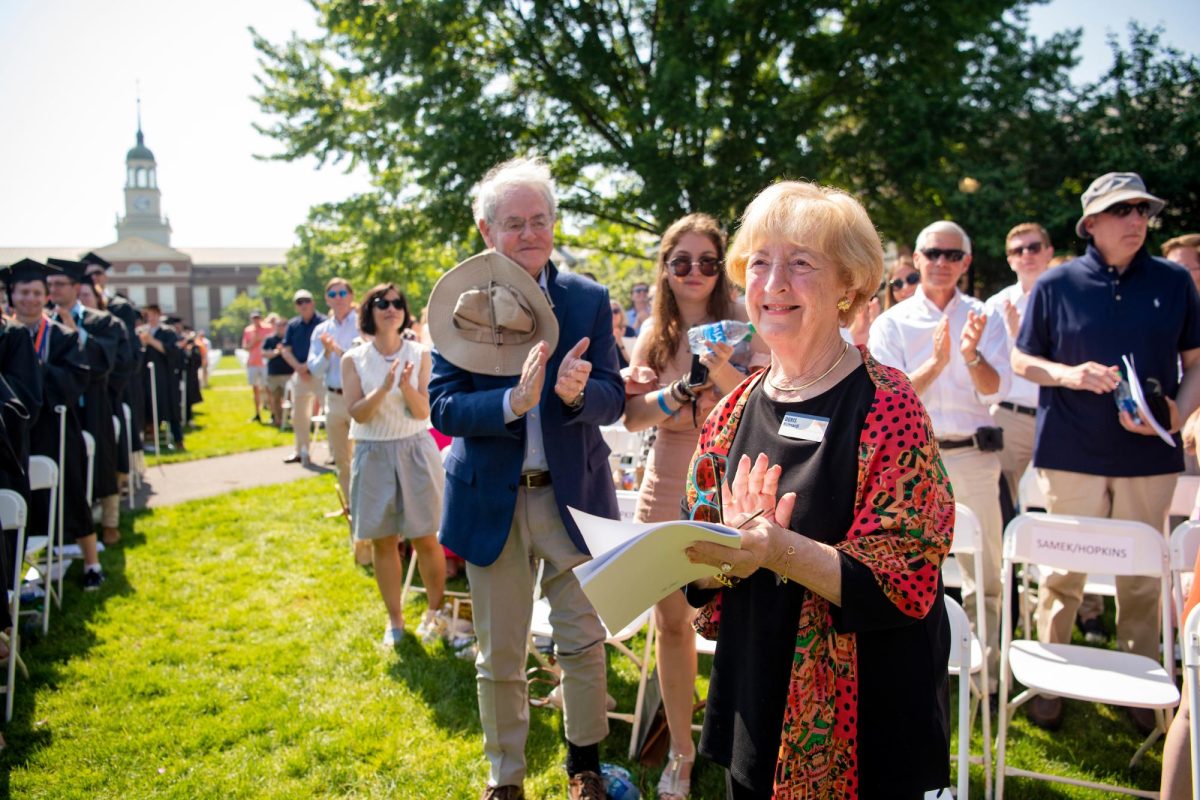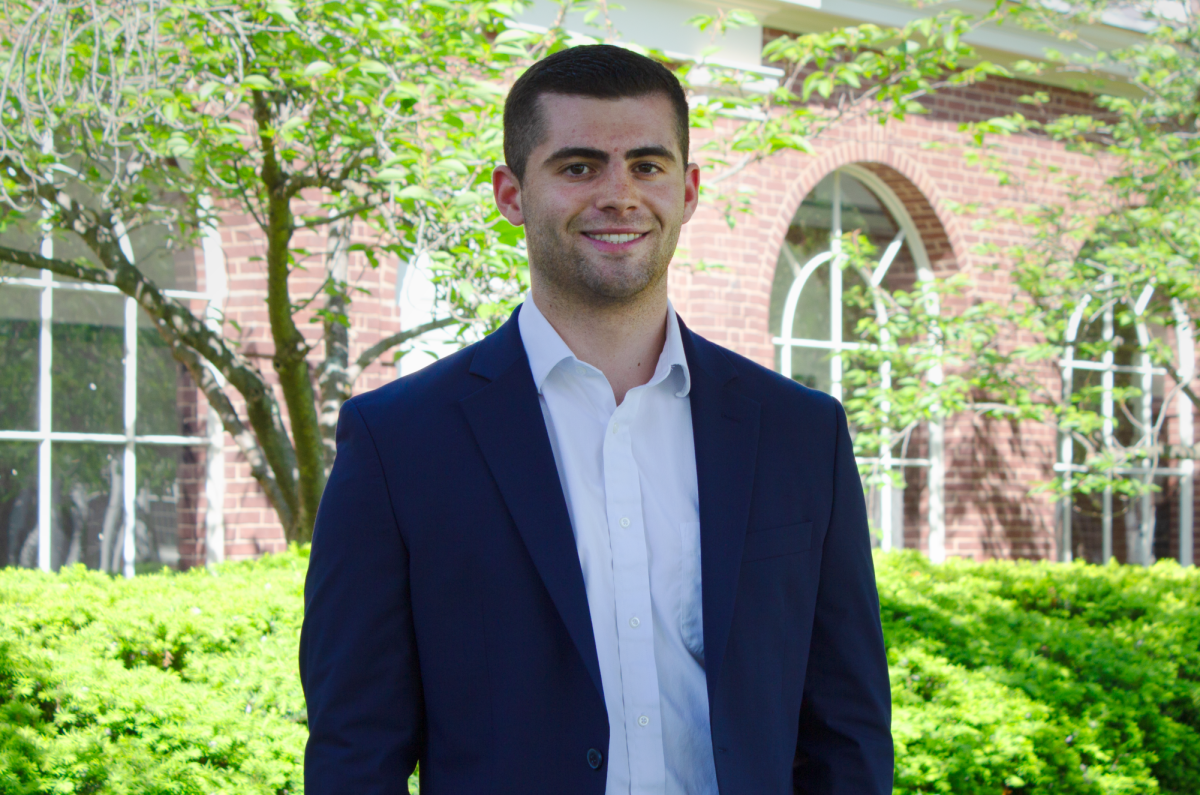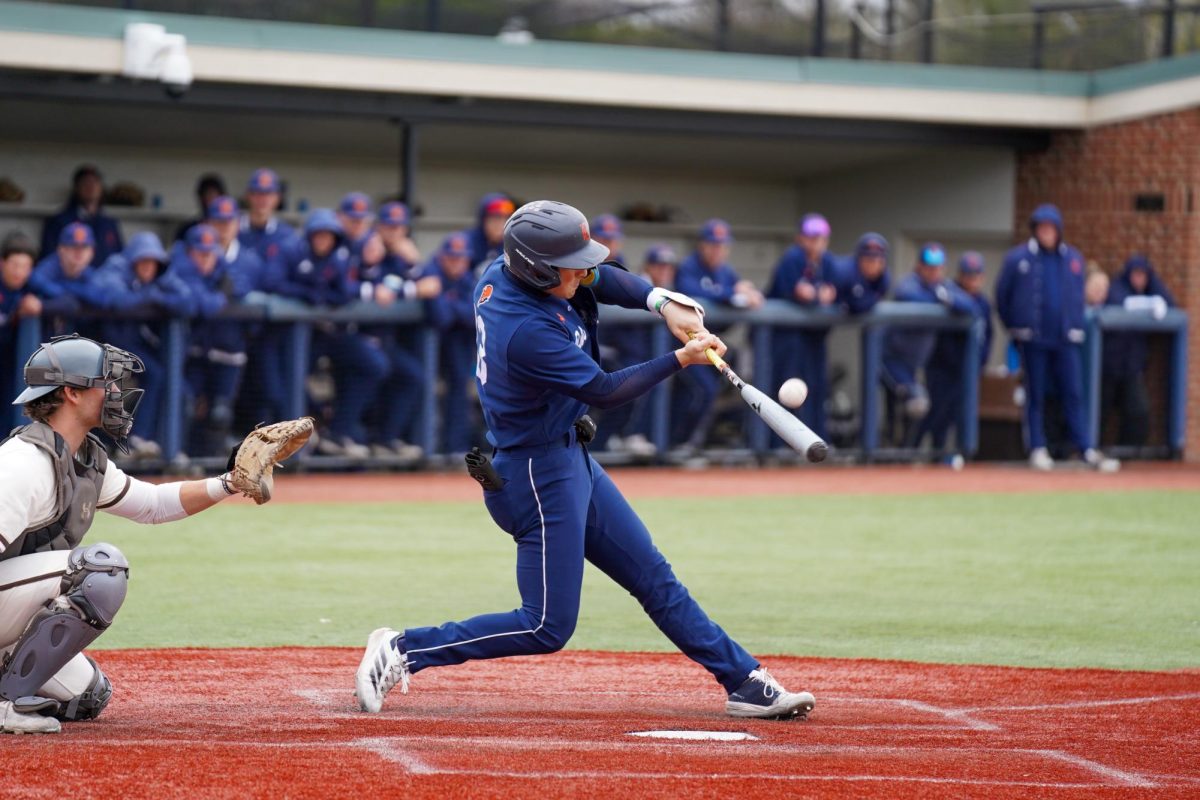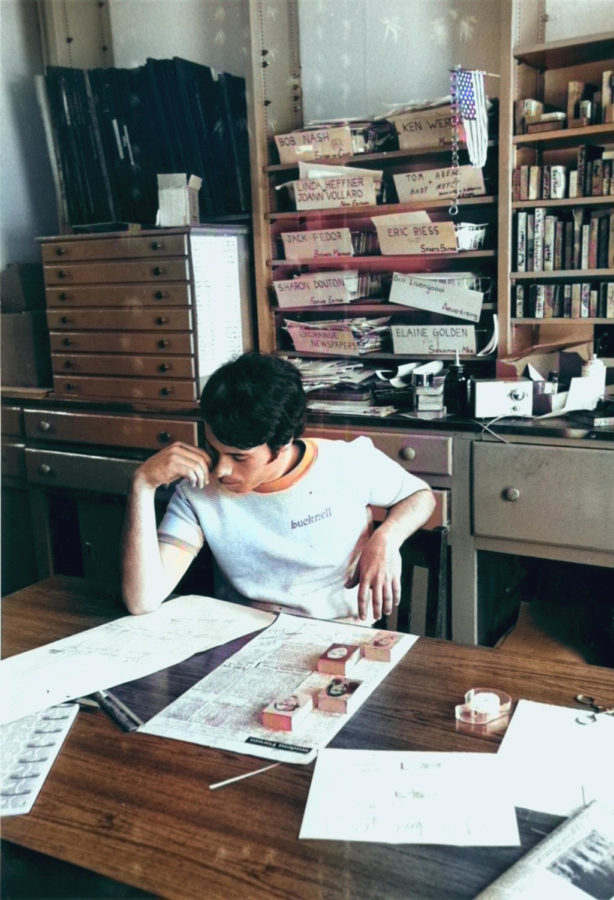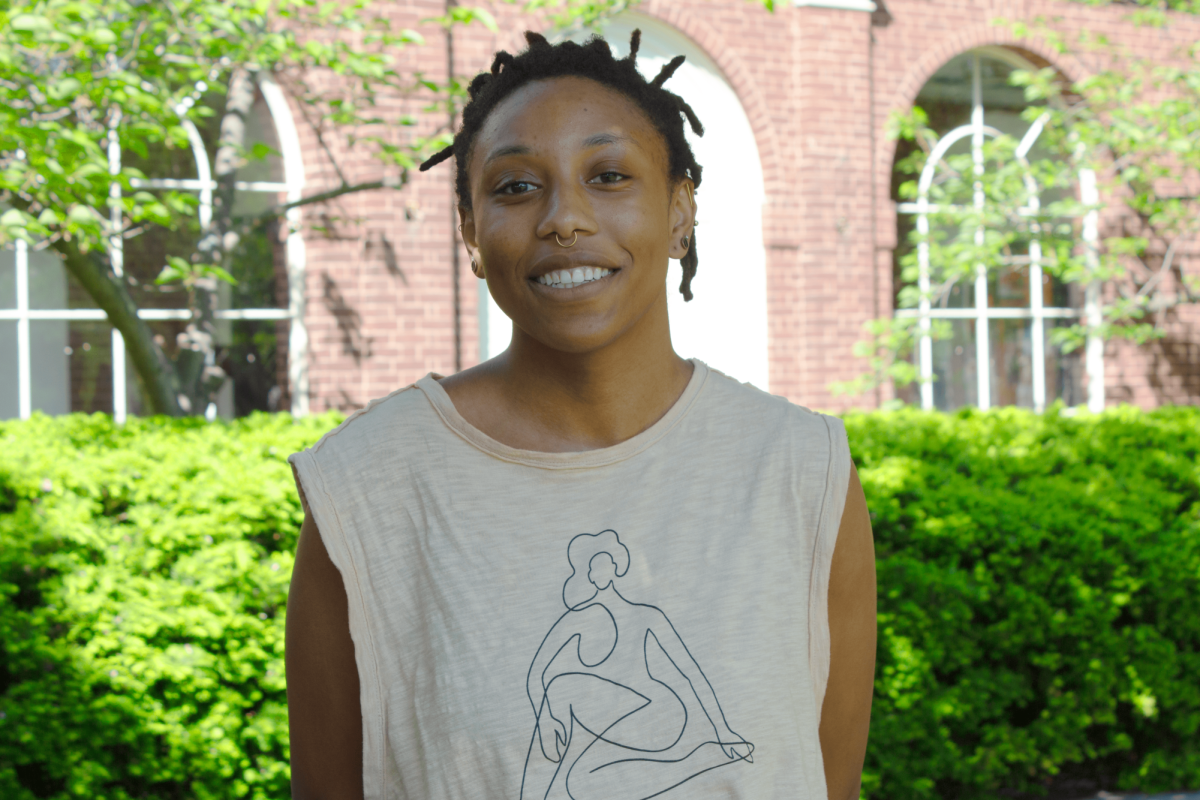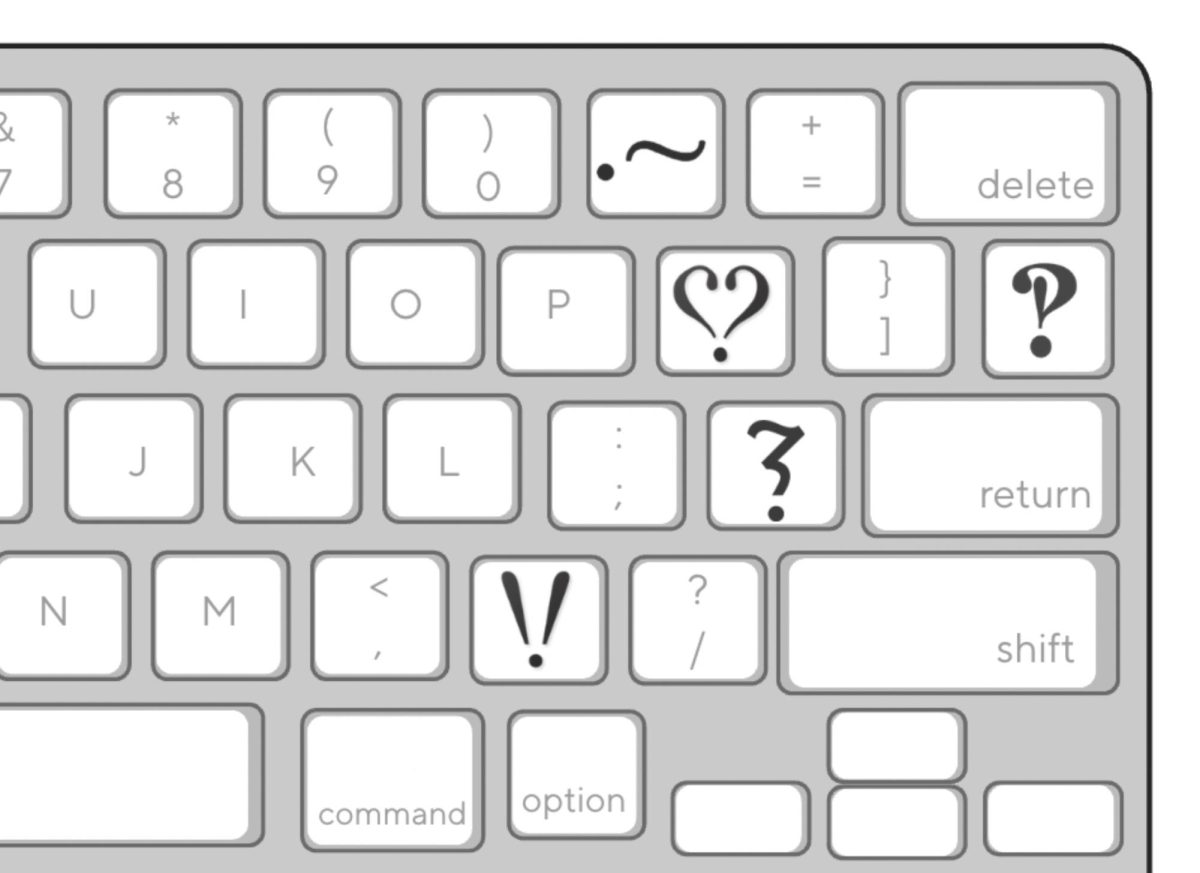In July of 2011, a man was shot and killed at a gas station in Chicago. 18 year old Darien Harris was later identified as the shooter by a legally blind eyewitness, and was then convicted of the crime. 12 years after he was convicted, he was exonerated by DNA evidence. How could a visually impaired witness have been so confident in their story, and how could a young man have spent over a decade behind bars for a crime he did not commit?
Unfortunately, cases like this one are not as rare as you might think. According to the Innocence Project, eyewitness misidentification contributed to almost 70% of the nearly 400 wrongful convictions that were later overturned by DNA evidence. These numbers are not just statistics; they are real people who lost years with their families, children, and friends, and whose lives were ultimately ruined due to the fallacies of eyewitness testimony. These wrongful convictions also undermine people’s trust in the justice system, devastate the lives of innocent individuals, and allow perpetrators to be free where they could potentially harm people again.
These cases point to fallacies in human memory and are prime examples of why memory should not be seen as a recording device. In court, eyewitness testimony is very persuasive, and a confident witness can oftentimes swing a case one way or the other, but in reality, our memories are easily manipulated.
An article by Paul W. Frankland, Sheena A. Josselyn, and Stefan Kohler, shows that every time we recall a memory, we are not pulling up a video, we are rebuilding the event with little bits and pieces of information. These bits and pieces of information can also be influenced by emotion, time, and other factors, and are not nearly as reliable as people tend to believe.
This opens the door for many cognitive fallacies that can distort our memories. One of the most common fallacies is the misinformation effect. This is where information learned after the fact can interfere with your memory of that event. For example, if a witness is asked, “did you see a gun?” it may implant the idea that there was in fact a gun at the scene, whereas if the witness is asked “what did you see” they would not be led to think that there was a gun when there may not have been one.
This effect is very subtle in real investigations.Through administrator influences during a lineup, people are sometimes made to feel like they have to pick somebody in the lineup, and they may even be pushed towards one specific person. This may cause a person to subconsciously alter their memory and become convinced that a different person was the perpetrator. And the worst part is, the real assailant may not have even been in that lineup at all, but the person looking through the lineup is usually not thinking about that, especially if they feel pressured by the administrator to choose somebody. They are thinking about putting away the person that harmed them as soon as possible.
The first step to mitigating the negative effects of eyewitness testimony is for the justice system to begin leaning more into psychological science. This could help make some important changes that could cut down on misidentification, beginning with lineups. Traditional lineups are conducted in a way that sets up suspects all in a row next to each other. An administrator and witness then enter, and the witness is prompted by the administrator to point out who they believe is the perpetrator.
Studies have shown that a double-blind lineups can decrease the chance that a witness misidentifies a suspect when compared to traditional lineups. This is where neither the official administering the lineup or the witness knows who the main suspect is, thus preventing the occurrence of some unconscious cues and confirmations that could affect the witness’s choice.
Another reform to the lineup system is the sequential lineup. This is where suspects are presented one at a time instead of all at once. This helps the witness compare each person they are shown directly to their memory of what they witnessed. This, in turn, stops them from subconsciously choosing the person that looks most like the criminal they saw. This change makes it much easier for a person to say that their match is not in the lineup, because they process each person one by one and decide if they are or are not the person they saw, once again cutting down on falsely identifying a suspect, especially when they may not even be in the lineup.
As proven above, our memory is not always the concrete truth, it is a story that we put together with cues. The stories of our memory are nearly always vulnerable to be distorted and changed, and these distortions have affected countless lives. Cases such as Darien Harris’s continue to be reminders that human memory is fallible and therefore eyewitness testimony should not be taken as concrete facts.



